VET APPROVED

The information is current and up-to-date in accordance with the latest veterinarian research.
Learn more »The budgie (Melopsittacus undulatus), also referred to as the budgerigar, common parakeet, or shell parakeet, is a small parrot native to Australia. They are widely assumed to be the third most popular pet in the world (behind dogs and cats). If you’re keen on getting a budgie, or if you have a budgie, you might be wondering if there’s any way to tell what sex they are.
Unfortunately, budgie chicks and juveniles cannot be sexed by visual appraisal alone, however, most adults can be sexed by observing them and looking for some distinctive traits. Keep reading while we show you how to spot the difference so you can learn more about these wonderful birds.

The 3 Best Ways to Sex a Budgie
The following techniques are the best ways to sex a budgie.
1. Feather Sexing (DNA Test)
The easiest way to sex a budgie is by having a juvenile taken in to your veterinarian to have them sexed. Your veterinarian will likely collect a few feathers from your bird, and properly pack and store them to be sent to a laboratory for being sexed. This is the most reliable and easiest way to sex your budgie.
Feather sexing has widely replaced the older surgical testing method. In those circumstances, your pet would be anaesthetized and surgically opened up to look at their internal organs and look for their gonads (an ovary for a female and the testes for a male).
2. Observing the Cere (in Adults)
Most (but not all) color variants of budgies can be sexed by looking at their cere, a fleshy area just above their beaks and around their nostrils (nares) as adults. The cere of a healthy adult male is blue. This blue can further be accentuated to a vibrant dark blue or a purple-blue color during the breeding season.
Conversely, the cere of a healthy adult female budgie is a pale pink or an exceptionally pale tan color. During the breeding season, her cere often becomes tan or brown, and also tends to thicken.
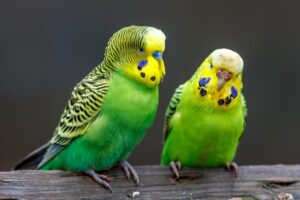
With the cere being so obviously different in adult budgies, you might be wondering why DNA sexing is still recommended for these lovely birds. There are a few reasons for this. The key point is that guidelines referring to the cere often only apply to healthy adults. Many health issues can change the color of a budgie’s cere, which may, in turn, lead to confusion at times.
- For all budgies: A chick or juvenile budgie (under 5 months of age) cannot be sexed by their cere.
- For males: A male budgie’s cere can turn from blue to brown when they’re unwell or suffering from an internal undiagnosed ailment. This can sometimes confuse owners into thinking they have a female budgie who’s in the mood for breeding, when in fact their budgie is a male who is unwell.
- For females: A female budgie’s cere can turn from brown to a light blue (resembling a male’s) due to hormonal imbalances.
Additionally, cere sexing may be unreliable depending on your budgie’s color morph. The “true” budgie is a green and yellow parrot native to Australia. All other color morphs of the budgie are man-made (due to selective breeding).
- Albino, Lutino or Yellow-Faced Albino Budgies: males of these morphs have a pink cere.
3. Egg Laying
The third most reliable way of sexing a budgie is one that often catches owners by surprise. Only female budgies can lay eggs, and they may do so even in the absence of a male. If you only have one budgie and wake up to find an egg on the cage floor, you can safely assume your budgie is a female. However, in multiple-bird setups, this might be trickier to appreciate.

The 3 Other Ways to Sex Budgies
The following techniques can often help you identify a budgie’s sex, however, they are not foolproof.
4. Observing Mating Behavior
Budgies are opportunistic breeders and will breed in pairs. During the breeding season, males often try to woo females and are more likely to display signs such as head bobbing and singing. Males also often tap on a female’s beak and then regurgitate their own food into her mouth as part of the courtship ritual. Under normal circumstances, males mount females for a “cloacal kiss” as they do the deed.
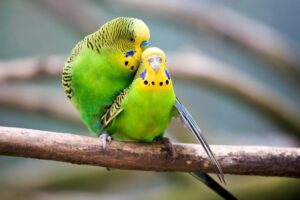
These cues can often easily help one sex budgies, however, they are considered unreliable because
- Only in Breeding Season: This behavior can only be observed in the breeding season and also requires healthy adult birds.
- Usually for Initial Pairing: The social dances and behaviors involved with budgies pairing up are often only seen the first time they pair up. Subsequent breeding efforts would likely forgo these formalities.
- Controversial: Breeding budgies is hard work and requires extensive expertise and resources. It’s considered unethical to try and induce breeding in pets just to sex them.
5. Listening to Your Budgie
Male budgies are thought to possess better vocal chops, and are more likely to chirp and sing long, elaborate songs. Anecdotally, they’re also more likely to successfully mimic human speech.
Females are often thought to be less musically inclined than their male counterparts and are thought to produce short, shrill sounds. However, this is definitely not set in stone. A female can definitely produce sounds one might associate with a male, and a male budgie might at times not be willing to sing lovely tunes and may appear to just shrill and scream at you.
6. Observing Your Budgie
Finally, a relatively unreliable and somewhat anecdotal “old school” method of sexing a budgie is by looking at their behavior. Males often bob their heads while singing and chirping, and also tap their beaks on surfaces, such as a branch or the cage bars. They are more likely to do this if they’re very comfortable around you. Anecdotally, female budgies are generally perceived as more moody (especially if they’re in their breeding season), and less likely to appear as cheerful and happy.
It bears repeating that the perceptions above are largely anecdotal and not necessarily true for every budgie. It would also be very difficult to tell a bird’s sex like so if they’re in an aviary with multiple budgies, as the presence of other birds would definitely play a part in the way they act.
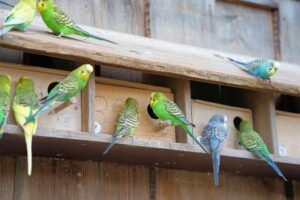

Summary
Budgies are often easy to sex as healthy adults by looking at their cere. Other visual, audio, and mating behavior cues can also be used to guess a bird’s sex. However, the best way to confirm your bird’s sex is through DNA sexing. A few feathers would quickly unravel the mystery of your bird’s sex and also allow your veterinarian to make sure your pet is otherwise healthy.
We hope you have enjoyed reading over this short guide and have learned something new about your bird.
See also:
Featured Image Credit: webandi, Pixabay
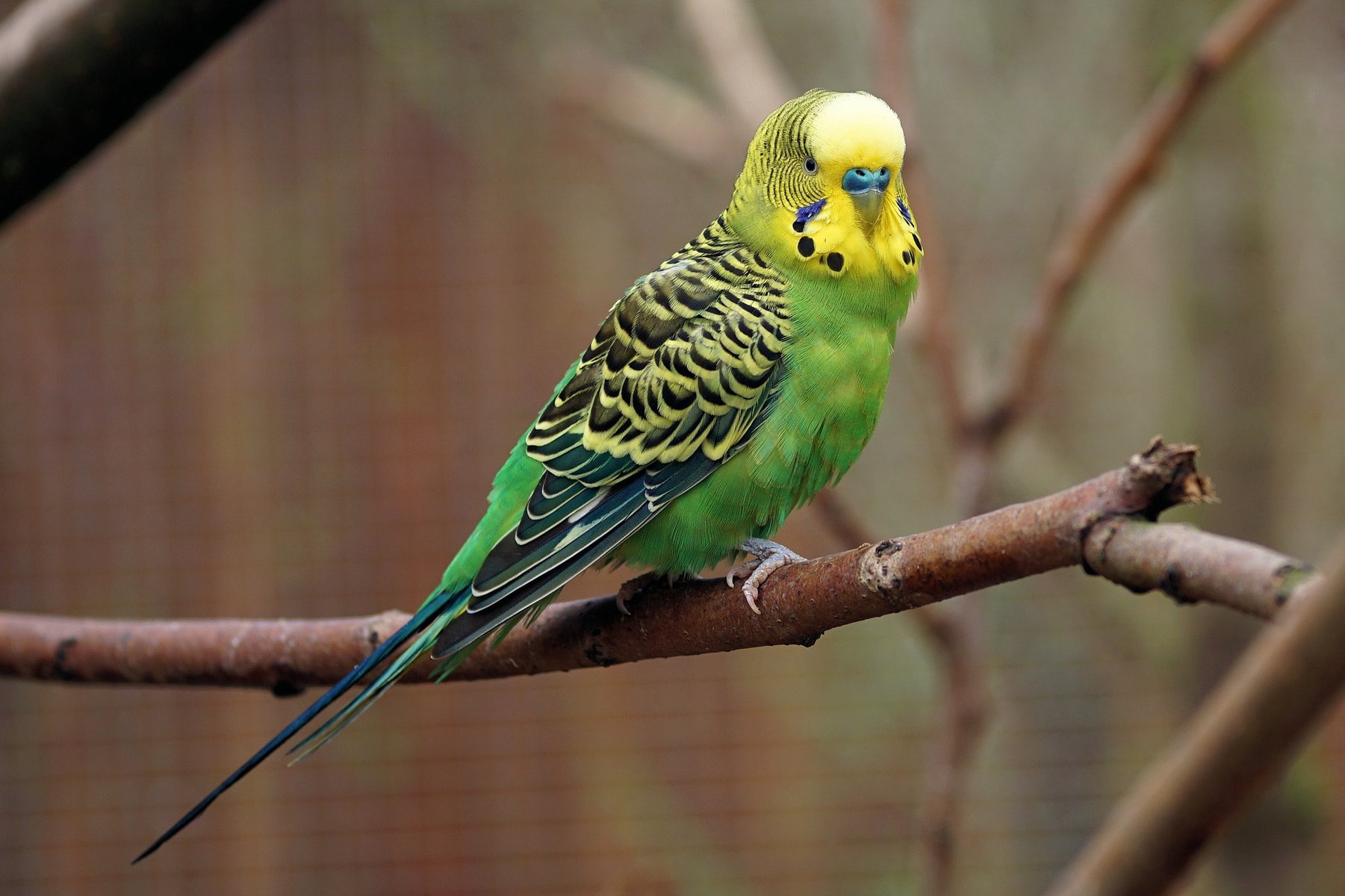





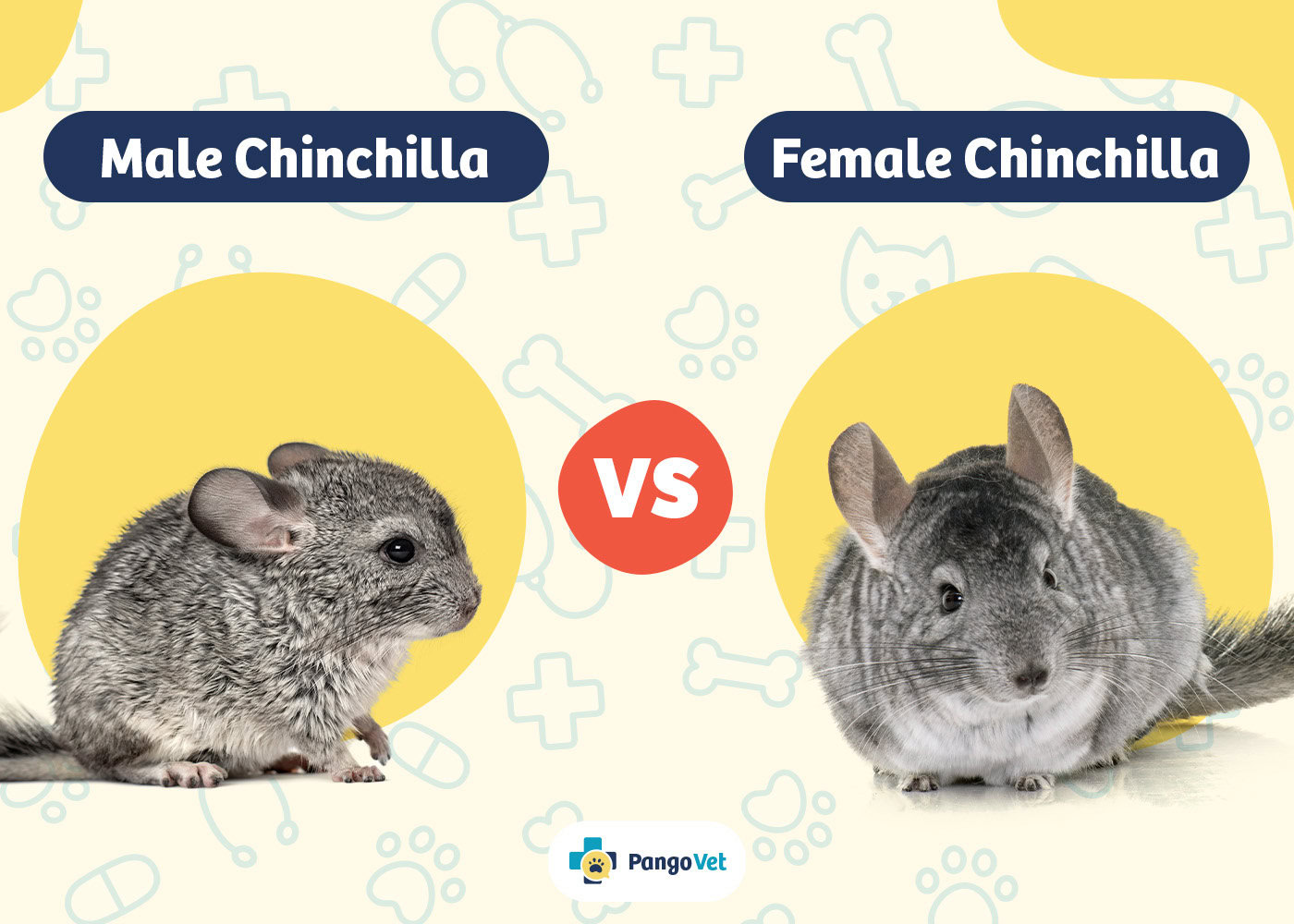
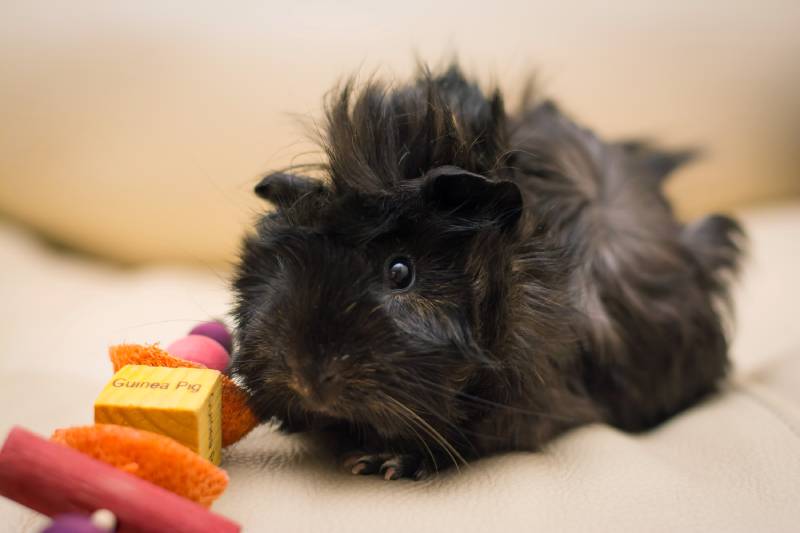



2 Responses
My sons male budgie has become quite frisky with me , I am a female of 65 plus years, the budgie is very jealous towards my son and will attack him and bite him. To keep his relationship friendly my son has asked me to leave the room when he gets the budgie from his cage. He is about 4 and came to live in our house when my son came back home about 6 /8 months ago Is it normal for the budgie to act like this. Thankyou
Hello Sharon,
thank you for your question. We are sorry to hear about the issues you have with your budgie. The behavior you described is definitely not normal.
I picked few posts that could help you to solve this issue:
– 6 Reasons Why Pet Birds Bite & How to Stop It
– How to Calm Your Bird When You Have Guests Over: 7 Vet-Approved Tips
– Why Do Parrots Bite? 7 Vet-Verified Reasons & How to Stop It
Incorrect handling or petting could also contribute to the problem. Stroking a bird’s back or under its wings can overstimulate hormonal responses, leading to behavioral issues like aggression, excessive screaming, or even feather plucking. If nothing of mentioned above would help, we would suggest to book an appointment with one of our veterinarians at http://www.PangoVet.com.